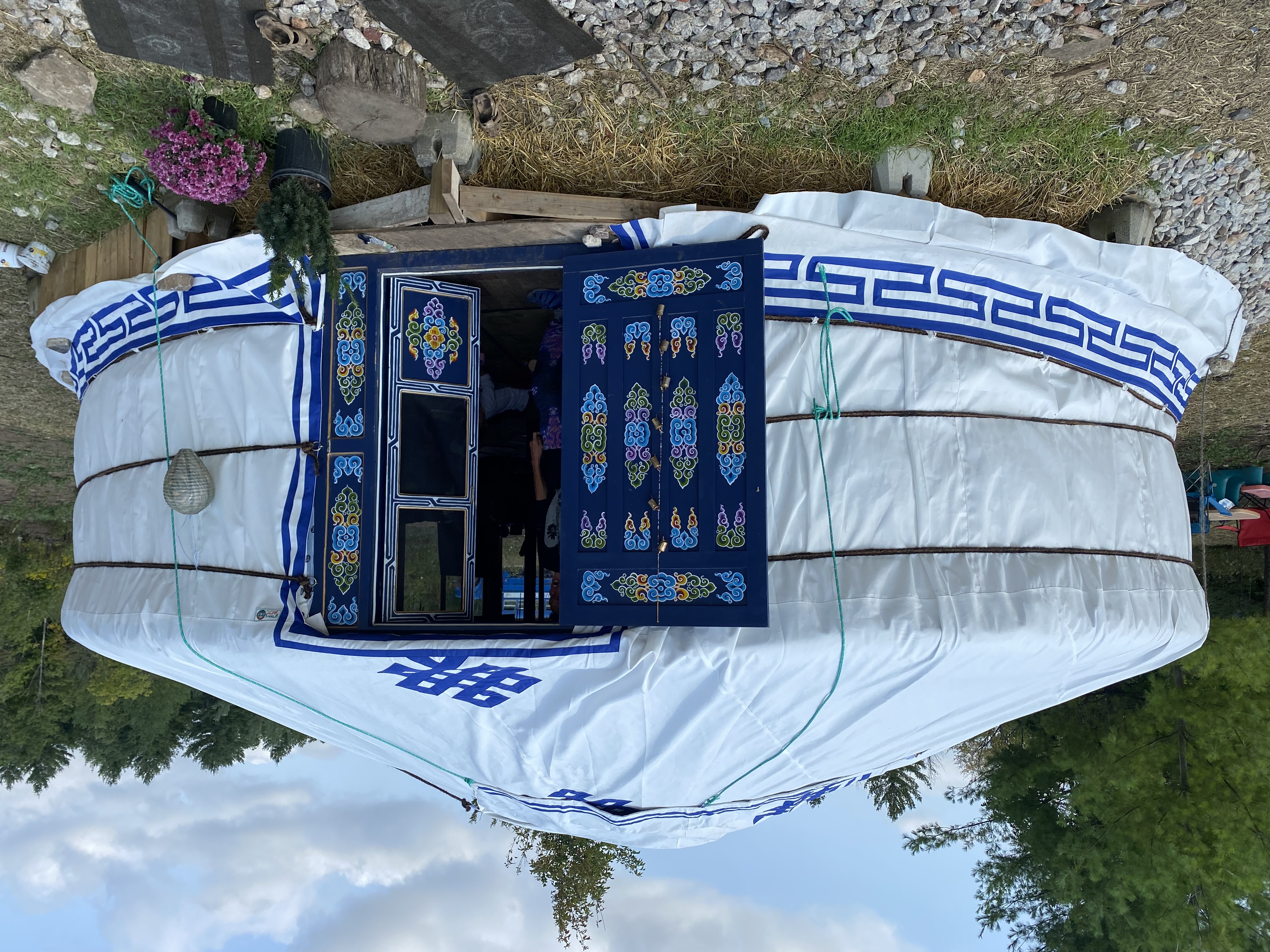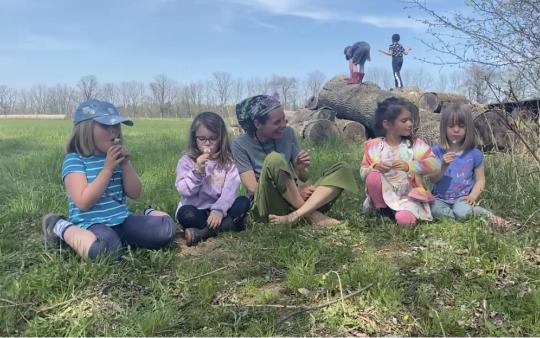A wise person once said, “It takes a village to raise a child,” and although I agree very much with that sentiment, I would like to add “it takes a village to inspire authentic humans.” What does being authentic look like and why does it matter? The modern world is in desperate need of authenticity, and although on the surface it appears like we are more inclusive than ever, there is something vital missing.
The Lost Village
When I was a child in the early ’80s, I listened to the record Woodstock and fell in love with the notion of “oneness” and “peace and love.” At six years old, this is what I longed for: a place that made me feel loved and accepted for exactly who I was. School and home didn’t make me feel the way I felt when I listened to the music flowing off that record. I couldn’t even find anyone that loved nature or even little wild children like myself.
My refuge was the forest. I found the trees and the plants instead. They became my friends, my confidants. When I spoke, they listened. I was free to create plays and imaginary worlds. Pansies were my hats, petunias became skirts for sticks, and bleeding hearts were fairies that danced on leaves. I brought home baby racoons to nurture, chickens to play with, learned all I could from my Grandma and Baba about gardens and herbs, and listened to their beautiful life stories. I only visited my grandparents; I didn't even live near them. They were the elders of a village that didn’t exist. I noticed that even within my own family, there was a lack of authenticity and an abundance of separateness.
My refuge was the forest. I found the trees and the plants instead. They became my friends, my confidants. When I spoke, they listened.
Today, I see how sad it is that we don’t care for our elders like we once did. All my grandparents are gone now, and the torch has been passed on to me. I’m a new grandmother and determined to provide a place for my grandson to always feel at home. As I reflect on what stands out to me about my own childhood home, it was all the times in the garage with my daddy, learning about tools and farm life; listening to my mommy talk about her 11 brothers and sisters was the beginning of my village mentality. This was when the seed was planted deep in my subconscious.
Like most of society, we only visited family on the holidays, and no one seemed to care about the planet. We were in an era where convenience and innovation were growing at what seemed like an exponential rate. The ’80s ventured so far away from the earth hippies of the ’70s, and then we rolled into the ’90s as I became a teenager and it all felt even more foreign to me. My mom wanted me to grow up and become successful. I wanted to save the planet. She encouraged me not to be an environmentalist; there was no money in that. When I found Greenpeace at 18, I thought that I had found my people—finally!
In 1995, I had my first son and I named him Forrest, as the forest is where I felt most at home. I proceeded to get married and had two more sons. For ten years, I did my best to fit into society’s box of what living a “successful” life looks like. I struggled to find that sweet spot inside my soul where I felt whole, authentic, and aligned. On the outside, I followed the path that most do, except my children ran around naked playing in the mud as babies and we only bought used clothing and furniture. I was passionate about teaching my children to live minimally and have a deep respect for our Mother Earth. They say we do things in life until we can’t anymore. This breaking point for me hit when I was 33 and done playing “pretend.” I couldn’t fake it anymore.
The torch has been passed on to me. I’m a new grandmother and determined to provide a place for my grandson to always feel at home.
The seed that was planted when I was a child started to sprout, and its roots were running along every fiber of my being. When I decided to leave my marriage and move into a housing complex with my three boys, it was no accident that I landed in my first “village” experience. You see, I left most of our material possessions behind and had nothing but a laundry basket of clothing and a few toys for my little boys. Every day, I would come home and another item for my family would be on the stairs of our townhouse. I began to go to the park with a basket of art supplies and take the children into the woods to learn about our beautiful planet. We would have gatherings and camp outs as a community. Strangers quickly became close friends and I started to feel more myself than ever before.
Mother Earth’s Learning Village
In 2017, I left my job at the public school board and started Mother Earth’s Learning Village or “The Village” for short. The sprout in my mind had continued to grow into the most magnificent dream: a village of like-minded humans that were ready to contribute to each other’s lives in very meaningful ways. What started as a need for my daughter (she arrived in 2010) blossomed into a lifestyle. I decided to create a small alternative school for a handful of kids, including my daughter, who was not thriving in the school system.
The core of what I wanted to instill in these youngsters was living in confidence that they each had something unique to offer the world. Instead of using a one-size-fits-all approach to their learning, I let them lead me. Children are thirsty to learn, and if we honor the way in which they want to do that, they won’t ever want to stop. All they need to do is follow their curiosities, and it will lead them down a soul-filled path.

The Village has grown immensely since it was born. We are now sitting on 22 acres of land in lovely Waterdown (Hamilton) Ontario with a 27-foot yurt at the epicentre. This eco-village is a safe haven for those seeking to live life a little differently than the mainstream. We are a small, tight community of holistically minded people that want our children to feel at home in this world, even when they’re “at school.” Our pedagogy is rooted in a wild, unschooled approach (think John Holt, author of How Children Learn) with nature as our biggest teacher.
Children are thirsty to learn, and if we honor the way in which they want to do that, they won’t ever want to stop.
We love to incorporate mindfulness, body awareness, breathwork, and Indigenous land practices to honor our Mother as much as possible. Sustainability, recycling, and growing a vegetable garden are top priorities for us amongst many other holistic life skills.
Although from the outside, we seem to be connected now more than ever through cell phones and social media, the vital component we’re missing is community, a soul family—a place where you can show up in all of your humanness, with all the pieces that are authentically you. And if you’re open, a place that will challenge your blind spots so you can evolve.




